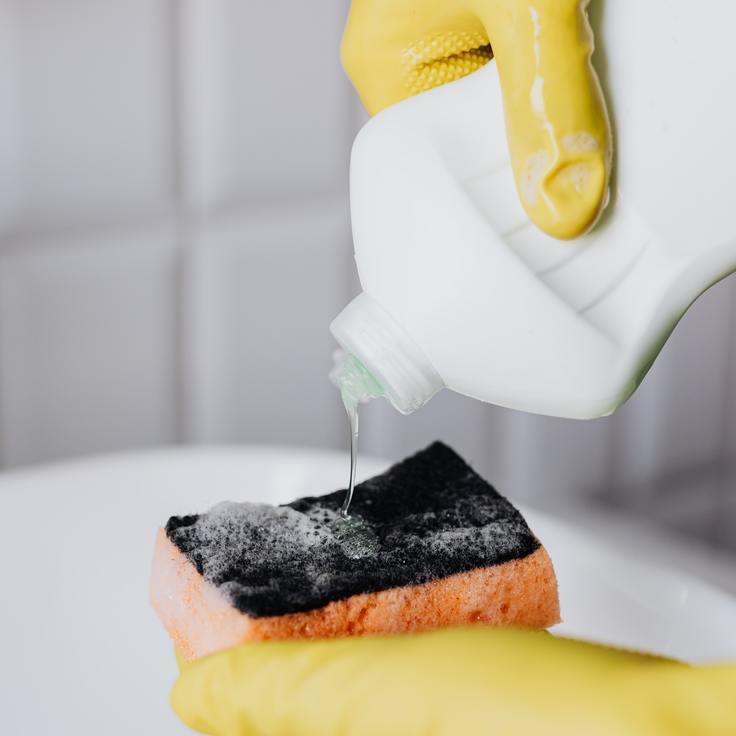Lay New Sod in the Fall
Autumn is one of the best times to install a new lawn with freshly cut sod since cool temperatures are ideal for sod establishment. Another advantage is less weed competition because weeds don't germinate and grow as quickly in fall as in spring. That means less competition with your grass.
Sod can be put in until the ground freezes solid. The only restriction to installing sod in the fall is if the grower can't get out and cut the sod.
Successful lawns are a result of good planning, and soil preparation comes first. The condition of the soil underfoot is more important to the overall health of the lawn than any other variable. Deep soil preparation and the addition of organic matter before the sod is installed are key.
The best time to make significant improvements in the lawn soil is before the lawn is established. Once the lawn is sodded, soil improvement is difficult and can only be made gradually and usually at greater cost.
Getting Ready
Whether your soil is predominantly clay, sand, or crushed granite, you will need to add a good source of organic matter. Compost, well-rotted manure, or shredded peat moss should be spread uniformly over the lawn area to a depth of 2 to 3 inches. A good rule of thumb is to add 3 to 4 cubic yards per 1,000 square feet and work this in to a depth of 6 inches or more.
You will often hear about bringing in topsoil before sodding, but buyer beware. Materials sold as topsoil are variable in quality and ingredients. To avoid creating layers that will inhibit water movement and root growth, any topsoil should be worked into the existing subsoil with a rototiller, plow, or other equipment.
Don't count on a dusting of topsoil to prepare the area for the new sod. You really need to soften up the soil, so work the ground as deeply as you can. Smooth the surface of the lawn area and remove any clods, stones, and other debris from the prepared site.








